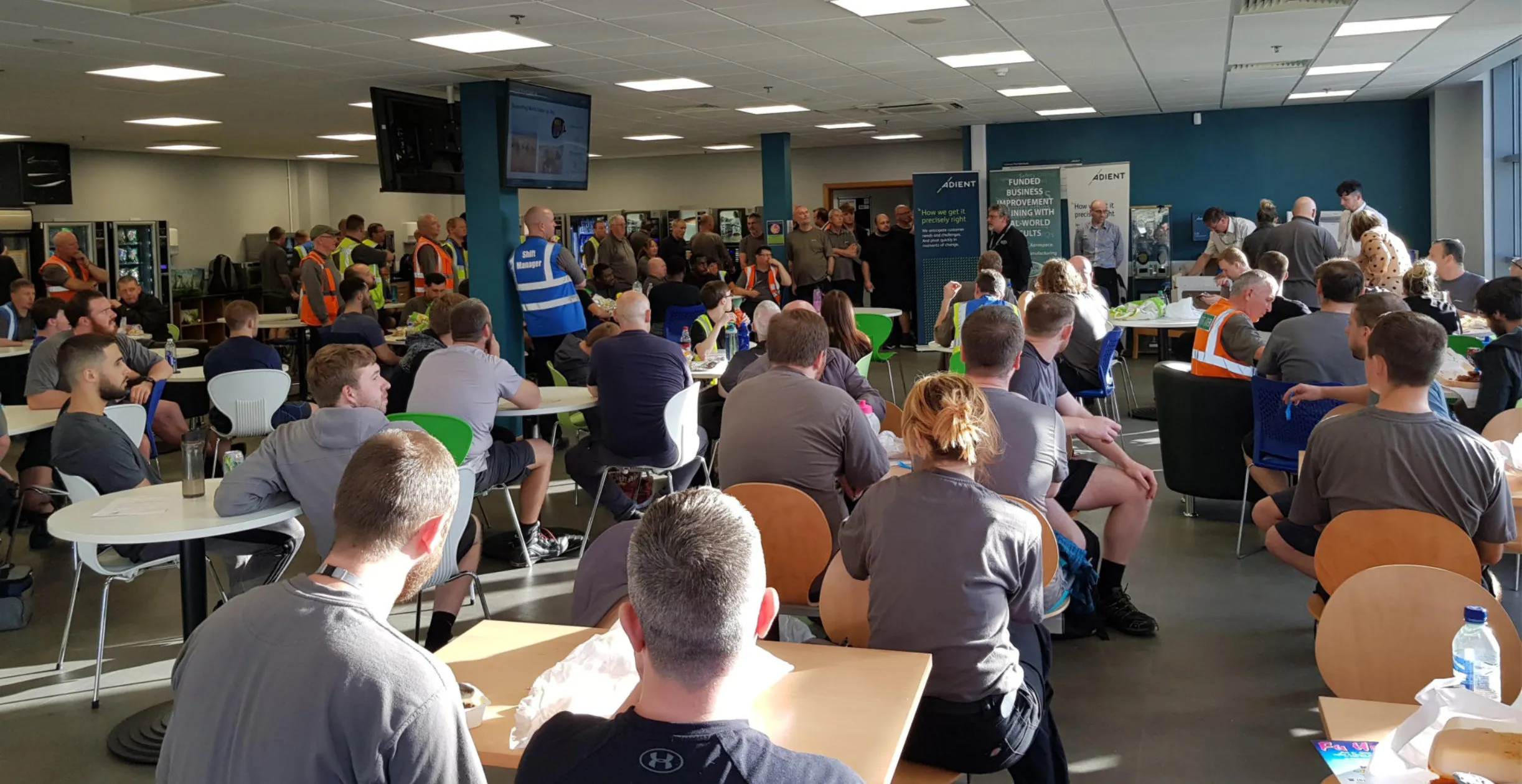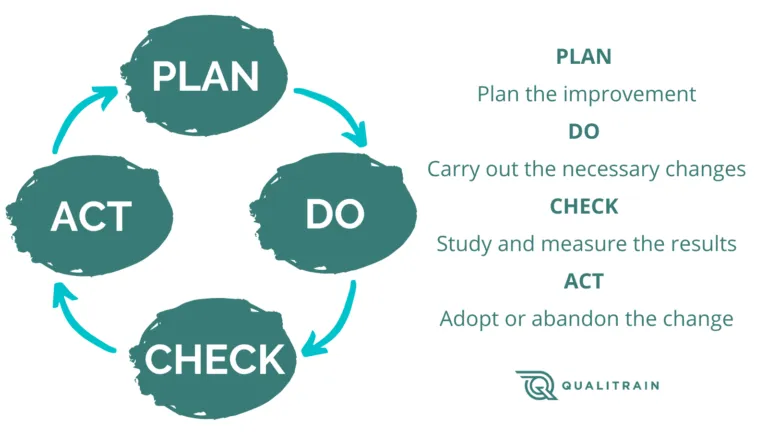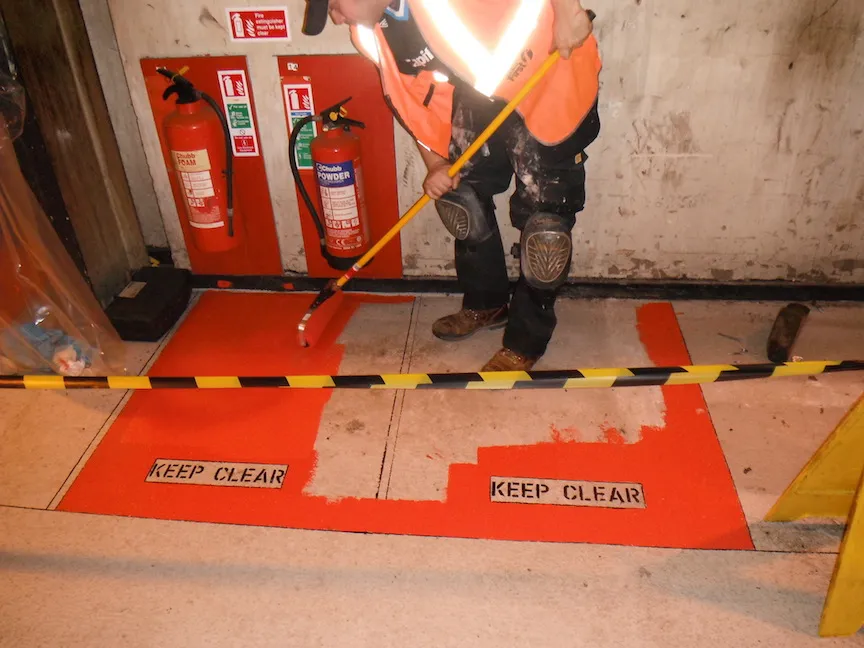Takt time is the ‘heartbeat’ of the manufacturing process. It is the frequency at which one part should be produced to match the Customer requirement.
Takt is the German word for beat and represents the pace at which the Customer requires the product. Takt is used to determine the rate at which part must be produced throughout the shift. Producing at a constant rate provides the opportunity to greatly improve production. The main benefits of Takt time production are:
Easily managed
When the manufacturing line produces parts at the same rate as the Customer demand, stock levels remain constant and ‘feast and famine’, which often is a major drain on the resources of a business, is avoided.
Consistent quality
When products are produced at a consistent rate, the workforce become very familiar with the process. This means that process variation is reduced, and the quantity of the product is improved.
Accountability
By using a regular workforce to produce products the accountability of this team increases, often adding a sense of pride and achievement when targets are reached.
Safety
Consistency of production provides other benefits such as safety in the workplace. When operators become skilled and familiar with processes; the likelihood of accidents diminishes.
Efficiency
Often processes require particular skills and only by working consistently will these be identified and mastered.
Customer requirement = 10 parts per day
Total production time available per day = 230 minutes
Therefore:
The manufacturing facility must produce one part every 23 minutes to satisfy customer demand.
Takt time is generally used in three ways:
Customer demand is likely to vary, so continuous review of Takt is important, as it directly affects the production output and the number of operators and tools which will be required.
Takt time allows the work in an area to be balanced, freeing up people and machines. These people can then be used to improve the process further. Takt time identifies bottleneck operations so that constraints can be removed.
These Related Stories



No Comments Yet
Let us know what you think